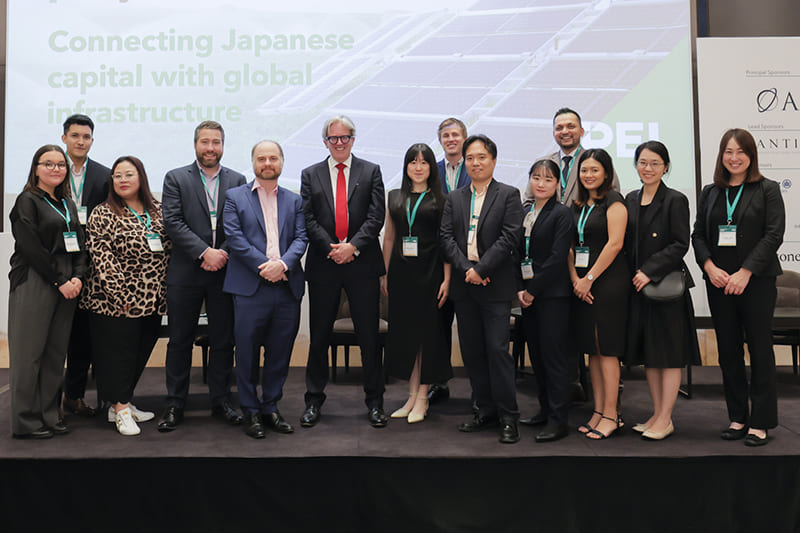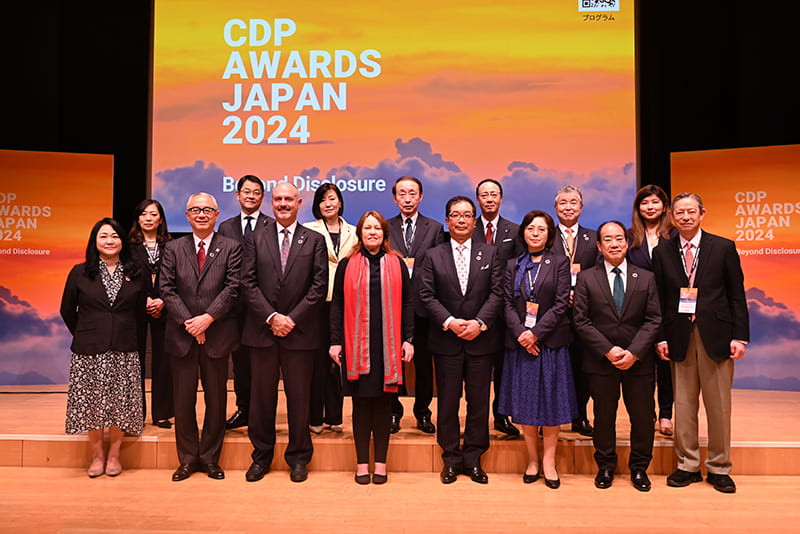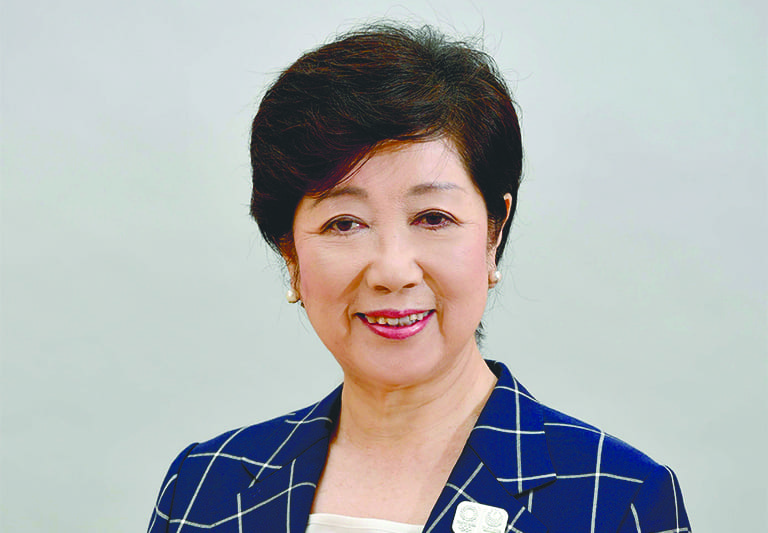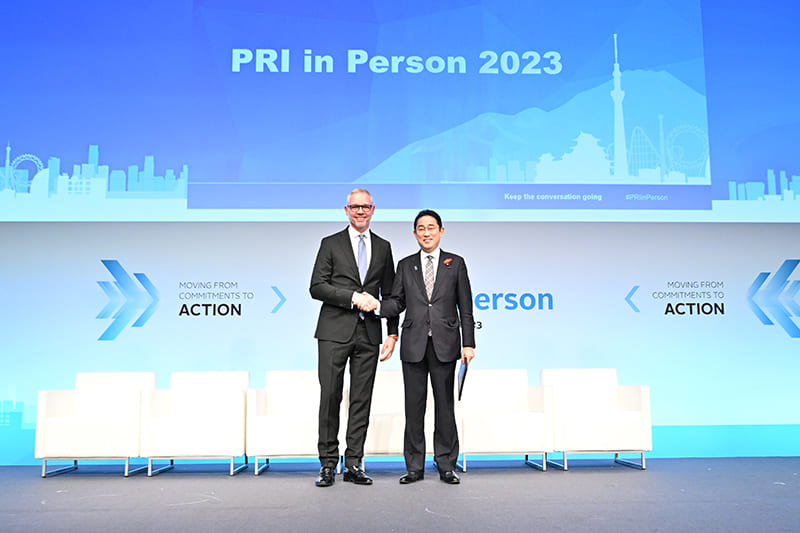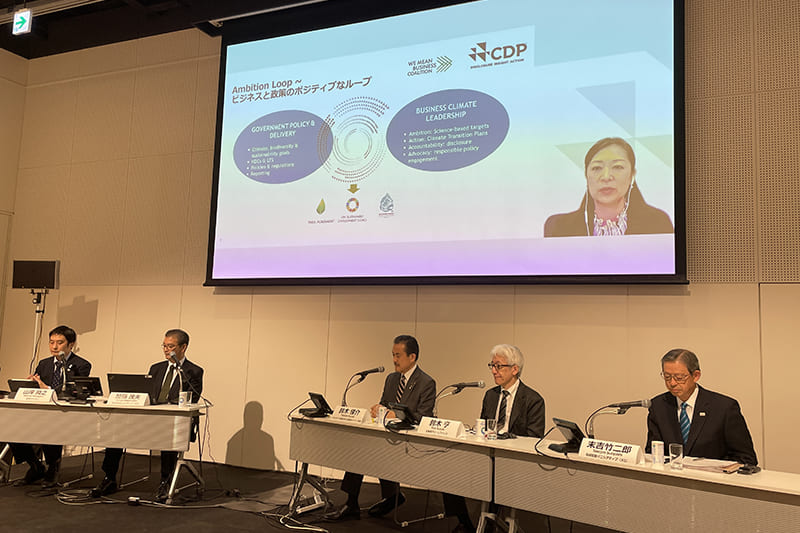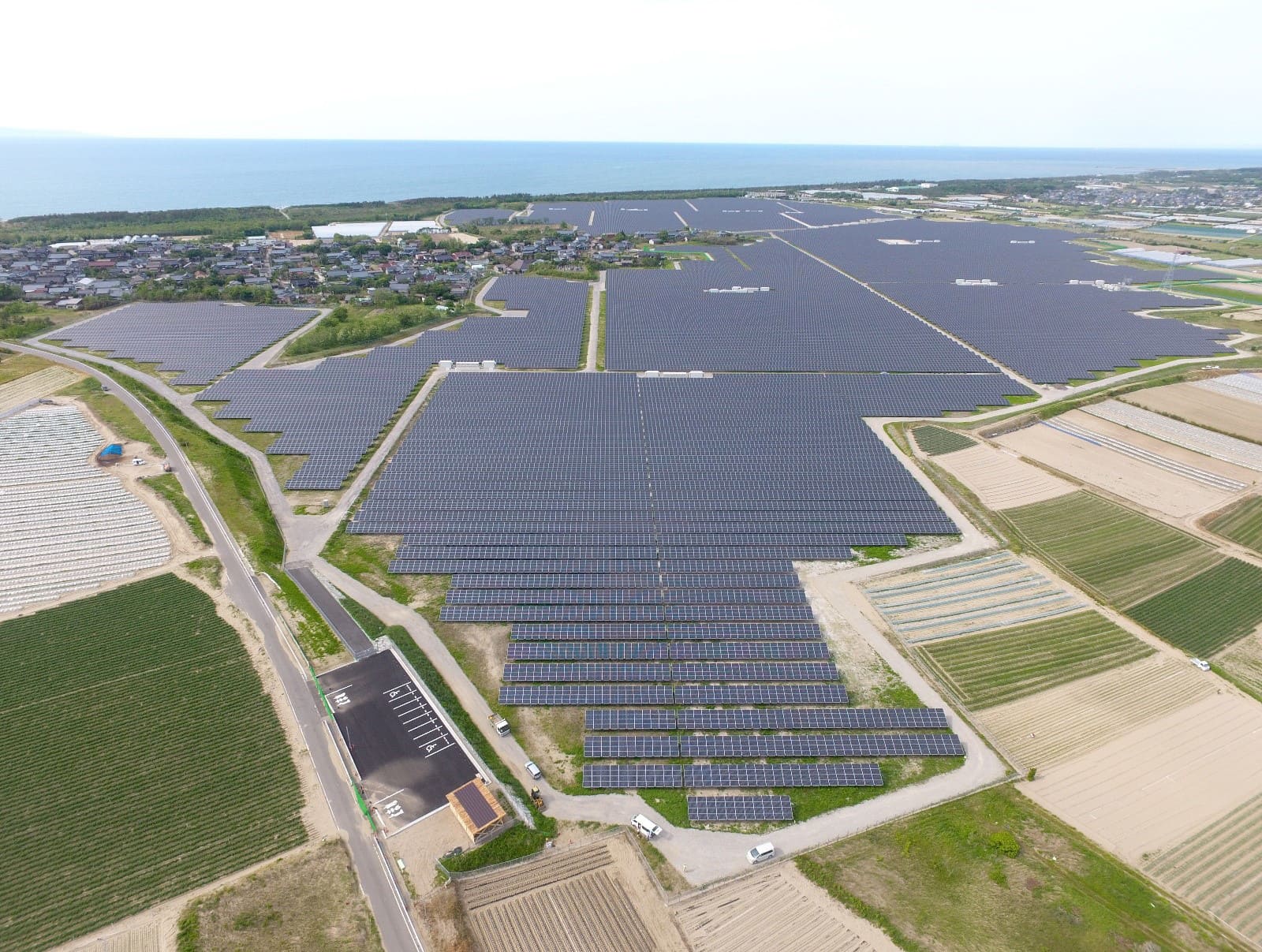December 29, 2023
Tokyo leads the cities of the world in acting against the climate crisis
Governor of Tokyo
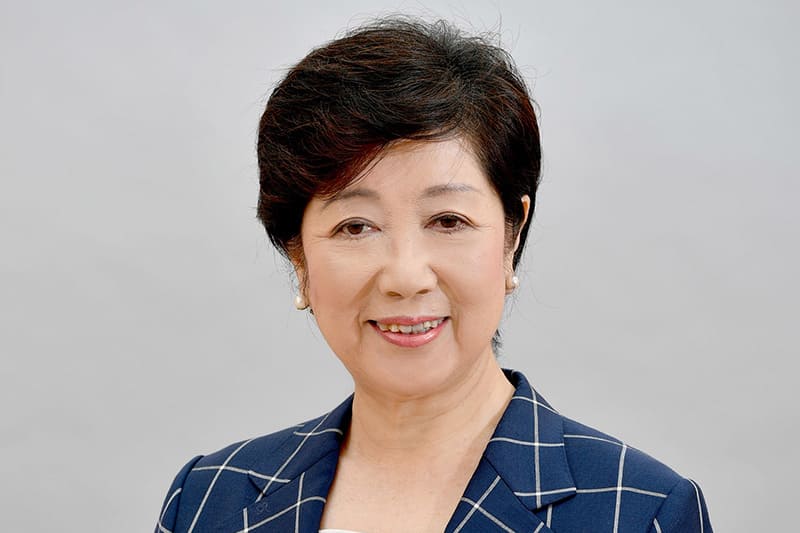
As the impacts of climate change have become a reality, as evidenced by the more frequent occurrence of disasters such as floods and wildfires, there is a sense of crisis shared by people all over the world. There is no time left to overcome the climate crisis, and the role of cities on the front lines is extremely important.
Home to 14 million people, Tokyo is a major consumer of energy and resources. Its carbon dioxide emissions are equivalent to those of a country such as Austria or Greece. To fulfill its responsibility as one of the world’s largest cities, the Tokyo Metropolitan Government is pursuing the 1.5-degree Celsius goal and accelerating its actions to realize a “2030 Carbon Half,” halving carbon emissions by 2030, and a “2050 Zero Emission Tokyo.”
Over 70% of CO2 emissions in Tokyo come from office buildings, residences and other structures. In order to reduce emissions from buildings, we are accelerating improvements in energy efficiency and the implementation of renewable energy.
Tokyo launched the world’s first urban cap-and-trade program in 2010, and the latest results, for fiscal year 2021, show an approximately 33% reduction in emissions, exceeding the target compliance factor of 27% for this stage. We are planning to significantly increase the compliance factors for the covered facilities and further encourage the use of renewable energy.
In April 2025, an ordinance will come into force that will require housing suppliers to install solar power systems in new houses. It is extremely important to ensure environmental performance at the time of construction, as housing to be built from now on will account for approximately 70% of all the housing that will exist in 2050.
At present, it is estimated that only about 4% of suitable roofs are actually equipped with solar power systems, meaning there is great potential for future expansion. We aim to introduce over 2 gigawatts of solar power generation by 2030, which is three times the current capacity.
Perovskite solar cells, a technology originating in Japan, are so thin, light and flexible that they can be installed in a wider range of spots, such as building exteriors and uneven surfaces. The Tokyo Metropolitan Government is working with developers to verify their practical use at its facilities. We will continue to support the social implementation of such new technologies.
In recognition of such goal-setting and ambitious policies, Tokyo has been selected as deserving the CDP’s Cities A List award, the highest rating, for three consecutive years since 2021. The fact that Tokyo continues to win the top rating from CDP, an environmental platform with significant global influence in which more than 1,100 local governments participate, shows that its climate change measures are at the top level and it is expected to demonstrate leadership among cities around the world.
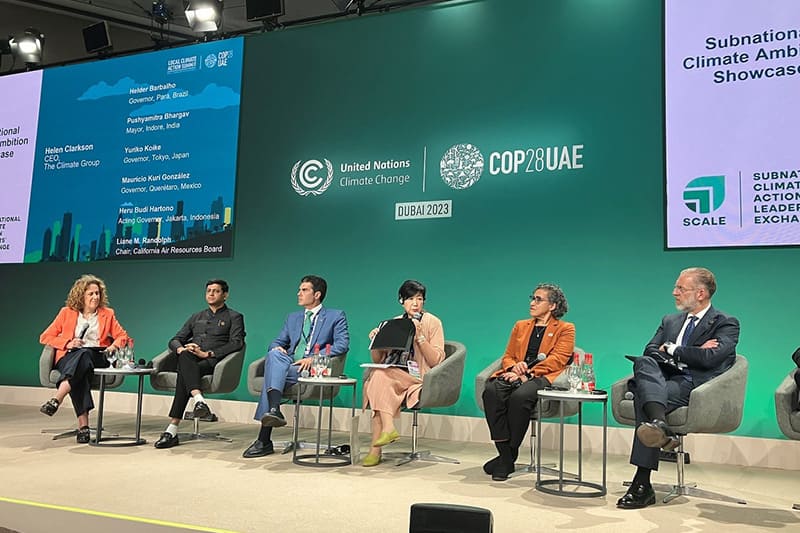
At the 28th Conference of the Parties to the United Nations Framework Convention on Climate Change (COP28) in December, I participated in a summit-level meeting on behalf of cities around the world. And at a variety of other meetings, I appealed for the enhanced role of cities. The momentum for “unity, action and delivery” to achieve the 1.5-degree Celsius goal is greater than ever.
In collaboration with Tokyo residents, businesses and other stakeholders, the Tokyo Metropolitan Government will accelerate actions to realize a sustainable society as a city that leads the way for Japan and the world.

